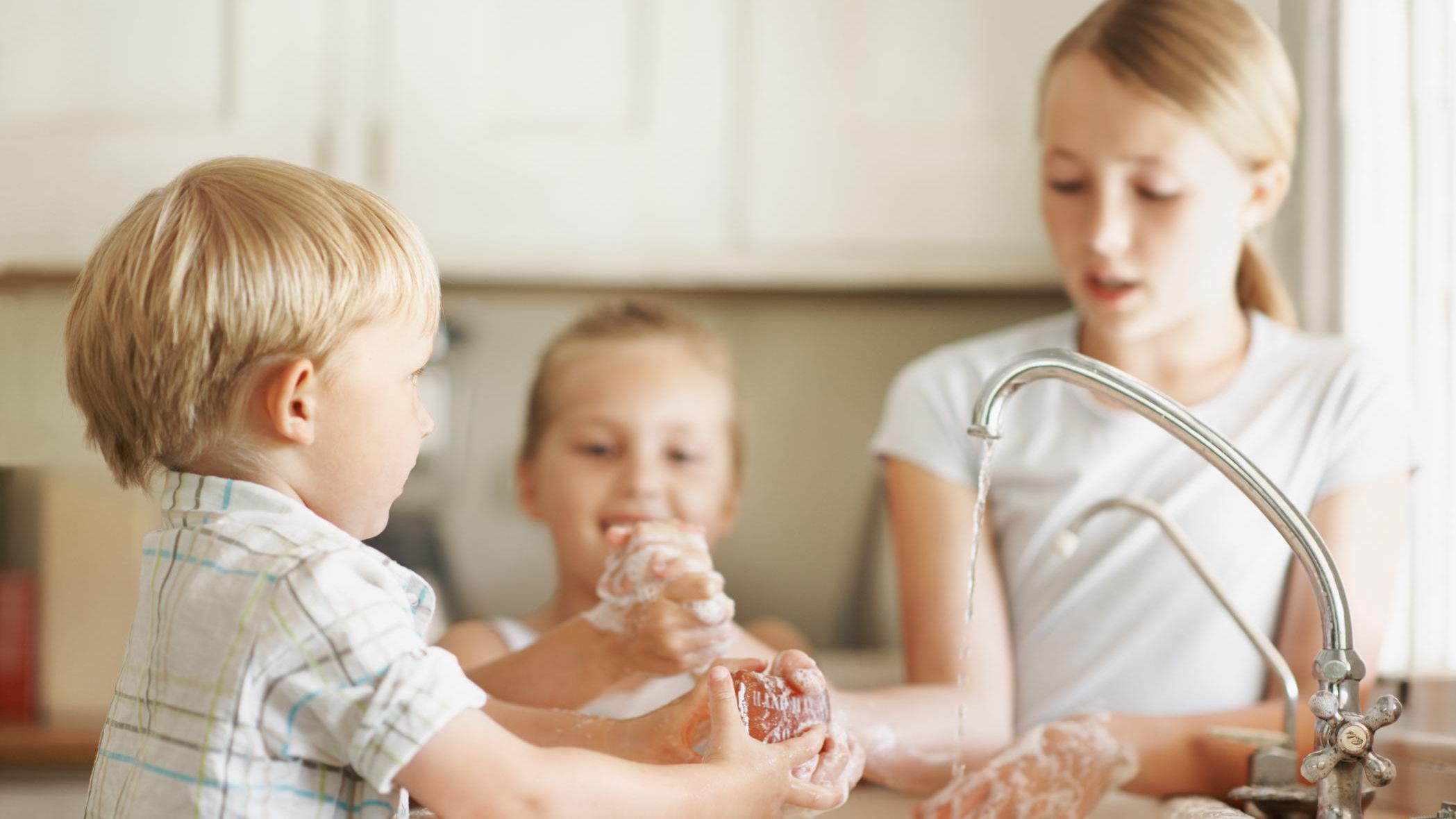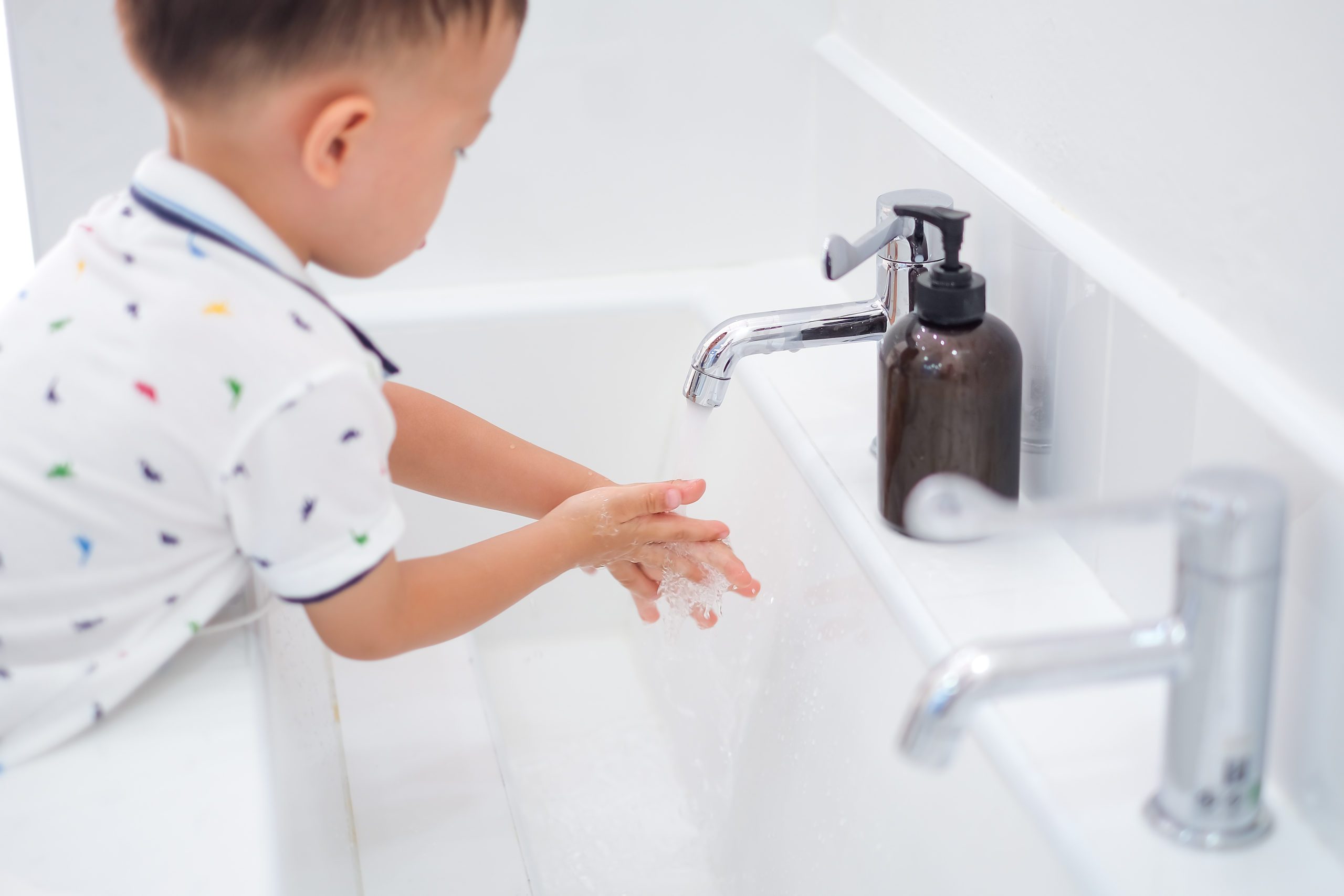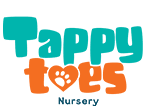
Fun Health And Hygiene Activities For preschoolers
Did you know that health and hygiene activities for preschoolers can be fun, interesting, and educational?
Children are young and eager learners. They probe every nook and cranny, and then they put the same fingers they used for that into their mouths! In early years, children lack of attention to personal hygiene.
Children develop immunity through play in different environments and it is imperative that we teach our children about hygiene and how they can keep themselves healthy. Your child’s health and illness resistance can greatly benefit from developing healthy hygiene habits.
Having said that, it is not simple to instil good hygiene practices in children because children can be forgetful and less eager to follow complete set of directions.
However, “learning by doing” is something that they excel at more than anything else. Help them comprehend the rationale behind keeping clean by engaging them in some of these engaging STEM activities centered on hygiene that are designed specifically for children.
STEM Activities Focused on health and hygiene activities for preschoolers
- Make your own Germs
Involving children is the first and most important rule for getting their attention. Therefore, if you intend to instruct your children about germs and viruses, the first thing you should do is construct a model of a germ.
First, form a ball out of clay or regular dough using your hands.
The second step is to cut the toothpicks or cotton swabs in half lengthwise.
Step 3: Insert the halves into the dough in such a way that they are partially encased within the dough, with the other half sticking out.
That wraps it up! Your model of germs and viruses is now ready. Let children create their own models and learn through play. You can add google eyes to make the activity more engaging.
- Go on a Germ Hunt
Germs are on the microscopic scale, which means they are not visible to the naked eye. Try out this hygiene-related activity from the field of science, technology, engineering, and mathematics (STEM) to demonstrate to children that even their clean hands can harbor germs:
In the first step, have your children examine their hands and tell you whether or not they are clean. The vast majority of children will respond “Yes.” Now, invite them to touch various surfaces throughout the house, such as their cabinet, shelves, toys, and so on.
Step 2: Reiterate to your children the question of whether or not they believe their hands are clean. Ask them the same question again after you have reminded them that germs are “too small” – microscopic organisms that cannot be seen with the naked eye. The vast majority of children will acknowledge that their hands still appear to be clean.
Step 3: Use a baby wipe to carefully clean their hands now that you have one. You will see that the wipe has turned a brownish colour. Your children should see this, and you should explain that those germs are clinging to their hands.
Playing is another way child can learn about real-world concepts through hands-on experience.

- Wash “The” Hands
Why not teach your children how to properly wash their hands now that they have a better understanding of germs and viruses? Medical professionals strongly recommend that you use soap to wash your hands and scrub them for at least twenty seconds before rinsing off the soap.
On the other hand, children are frequently in a rush and do not adhere to the 20-second rule. You can help them comprehend the importance of the 20-second rule by having them participate in this easy activity.
You first need to get a plastic glove, blow it up like a balloon, and then tie its mouth off.
Step 2: Using whiteboard markers, draw a variety of germs all over the glove in a random pattern.
Step 3: Inquire of your youngster whether or not she or he can remove the germs from the glove without adhering to the 20-second rule. Are the bacteria and viruses still present?
The fourth step is to give washing the glove another shot, this time scrubbing it thoroughly with soap and counting to 20 while doing so. Boom! No more germs can be found. Guide them to repeat the process with their own hands.
This activity aligns with other practical life activities that are important for your child’s development.
- Make a Handwash Poster
After your child has mastered the correct technique for washing her hands, you can give them this straightforward cut-and-paste worksheet to help sequence the steps.
It is a fantastic idea to guide children through the process of creating their very own hand-washing poster. This helps them better remember what they have learned and recapitulate what they have gone over so far. They can even affix it to the wall in the kitchen or bathroom, right above the sink or wash basin, if they prefer.
- Make Germs Posters or Stickers
Colouring and arts are two activities that children adore. Why not let them colour some germs while they learn everything there is to know about germs? Print out posters about germs and give your kid some crayons or colour pencils to colour them in with.
- Travelling Germs Activity
Another hygiene-related activity that kids can do as part of their STEM education is to better understand how germs spread from one person to another.
You should first get a plate full of regular wheat flour and show your child how to press their hands into the flour. The flour in this example stands for germs.
The second step is to have your children shake hands with you after you have sprinkled flour on their hands in the first step.
Step 3: Give your youngster an opportunity to play with their blocks or stuffed toys for five minutes.
Step 4: After the party, sit down with your child and assist them in locating any traces of flour on your hands (from the handshake), their toys, and any other surface they may have touched.
This is how germs can spread. You must explain to your child that they are spreading germs whenever they cough, sneeze or touch something that is not clean. Children will remember better with these fun activities to maintain hygiene.
Have any questions regarding the topic “Health and hygiene activities for preschoolers” feel free to comment below.

